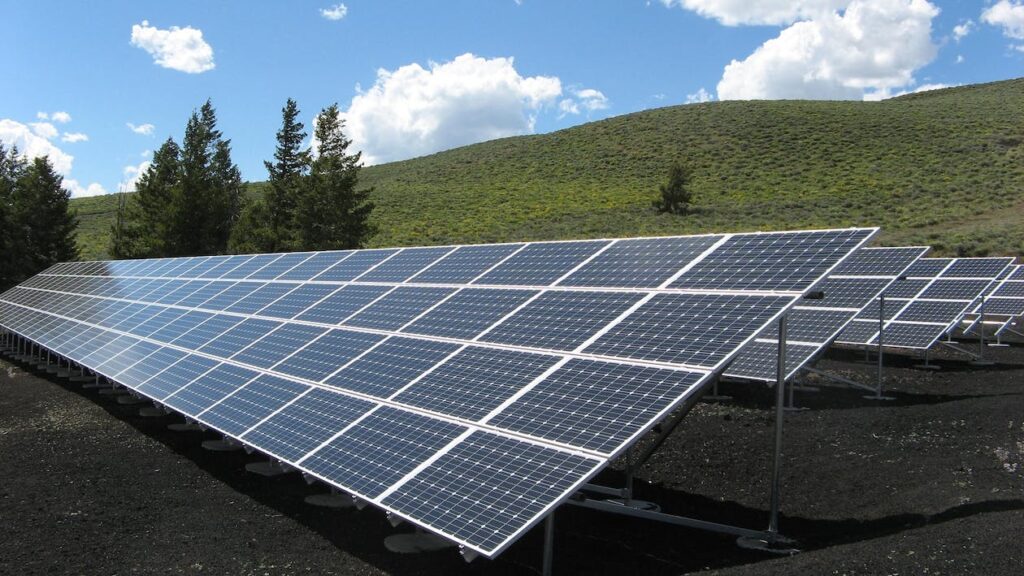US Anticipates Expansion of Virtual Power Plants as Renewables Increase and Reliability Needs Grow
The modern energy landscape is evolving, with renewable energy taking center stage. However, this shift poses challenges to grid reliability and demands innovative solutions. Virtual Power Plants (VPPs), which utilize smart technology and battery storage, are emerging as a compelling answer to the intermittency issues posed by renewable energy sources like solar and wind.
Renewable Energy Challenges
The growing prevalence of renewable energy requires new approaches to ensure the stability and reliability of power supply. Traditional power sources are relatively consistent, but renewable energy sources like wind and solar can be intermittent, depending on weather conditions. This fluctuation creates a need for a system that can adapt seamlessly to the varying output from these renewable sources.
Virtual Power Plants to the Rescue
Virtual power plants are gaining traction as a way to address this challenge. Through the combination of battery storage, smart appliances, and other distributed energy resources, VPPs store excess energy when wind turbines and solar panels are at peak production and release it back to the grid during downtimes.
Severin Borenstein, faculty director of the Energy Institute at the Haas School of Business at the University of California, Berkeley, explains that future grids will need to be more adaptable. “They’re going to use a lot of intermittent renewable energy, and they’re looking for ways to allow the system to easily and smoothly adapt to those fluctuations.”
These facilities act as aggregated virtual “plants,” capable of providing the same grid services that traditional centralized power plants would. However, defining precisely what a virtual power plant is can be challenging, with different experts and industry insiders offering various interpretations.
Alex Pratt, vice president of business development for the California-based software company AutoGrid, defines it as “an aggregation of distributed energy resources that is utilizing software to manage and orchestrate the resources to provide, as much as possible, the same grid services that a centralized power plant would.”
How Virtual Power Plants Work
At its simplest, a VPP can consist of a collection of households with smart thermostats that a utility can adjust during high demand. More complex VPPs involve several storage batteries connected to renewable sources that work collectively to send energy back to the grid.
Rudy Garza, president and CEO of CPS Energy in San Antonio, Texas, describes the idea: “In the heat of the summer, when you’re running your generation at full bore, you can hit a button and send a signal to larger loads and create 200, 300, 500 MW of virtual capacity.”
Encouraging VPP Adoption
Though the concept has been around for decades, the recent growth in battery storage technology is leading utilities to pay more attention to VPPs. Some, like the Sacramento Municipal Utility District, are offering subsidies to incentivize battery storage integration into virtual power plants.
Virtual Power Plants vs. Microgrids
Virtual power plants share similarities with microgrids in that both can generate their own power. However, microgrids are designed to operate independently from the main grid, mainly for critical facilities like hospitals during blackouts, while VPPs function as part of the broader power grid.
The Future of Virtual Power Plants
The precise number of VPPs remains uncertain, yet their proliferation is almost inevitable due to advancing technology and shifting regulations. Experts agree that virtual power plants will become an increasingly vital tool to ensure grid reliability as renewable energy becomes more prominent in the energy mix.
In conclusion, virtual power plants are not only a viable solution to the challenges posed by renewable energy but a vital part of the future energy landscape. By enhancing grid flexibility and providing a reliable energy supply even in the face of fluctuating renewable sources, VPPs will likely continue to grow in importance and numbers in the coming years. The collaboration between energy providers, technology companies, and regulators will be key to maximizing the benefits of this innovative approach.






